Here is some detailed information about Cuphea plants:
- Growth habit: Cuphea plants can vary in growth habit, ranging from low-growing ground covers to upright shrubs. Some species exhibit a spreading or trailing habit, while others form compact mounds. The size can range from a few inches to several feet in height, depending on the specific species and cultivar.
- Leaves: Cuphea plants have simple, opposite or whorled leaves. The leaves are typically lance-shaped or elliptical, and they may be smooth or slightly hairy. The color of the leaves can vary from bright green to deep green, depending on the species.
- Flowers: Cuphea plants are known for their attractive and unique flowers. The flowers are tubular or urn-shaped, often with two distinct lobes at the tip. The color of the flowers can be quite diverse, including shades of red, orange, pink, purple, and white. The flowers are often described as resembling cigars or firecrackers, giving rise to the common names “cigar plant” and “firecracker plant.”
- Flowering season: Cuphea plants typically have a long flowering season, with blooms appearing from late spring to fall. Some species may even continue to flower throughout the year in favorable conditions.
- Light requirements: Cuphea plants generally prefer full sun to partial shade. They thrive in bright, direct sunlight, which promotes better flowering and overall plant health. However, some species can tolerate partial shade, particularly in regions with hot summers.
- Temperature and hardiness: Cuphea plants are typically grown as annuals or tender perennials. They are native to tropical and subtropical regions, and their hardiness varies depending on the species. Most Cuphea plants are hardy in USDA hardiness zones 9 to 11, but they can be grown as annuals in cooler climates.
- Watering and soil: Cuphea plants prefer well-draining soil that retains some moisture. Water the plants regularly, allowing the soil to dry out slightly between waterings. Avoid overwatering, as it can lead to root rot. Mulching around the plants can help retain soil moisture and regulate temperature.
- Fertilization: Cuphea plants benefit from regular fertilization to promote healthy growth and continuous flowering. Use a balanced, slow-release fertilizer or a water-soluble fertilizer specifically formulated for flowering plants. Follow the instructions on the product label for proper application rates and frequency.
- Pruning: Cuphea plants generally do not require extensive pruning. However, you can prune them lightly to maintain their shape or remove any dead or damaged growth. Pruning after the flowering season can also help promote a bushier, more compact form.
- Pests and diseases: Cuphea plants are relatively resistant to pests and diseases. However, they may occasionally attract aphids, spider mites, or whiteflies. Regular inspection and appropriate pest control measures can help prevent and manage infestations.
- Propagation: Cuphea plants can be propagated from seeds or cuttings. Sow the seeds indoors before the last frost date, or take stem cuttings from healthy plants and root them in a well-draining rooting medium. Provide warmth and humidity to facilitate successful propagation.
It’s important to note that specific care requirements and characteristics may vary depending on the particular species or cultivar of Cuphea plant you are growing.

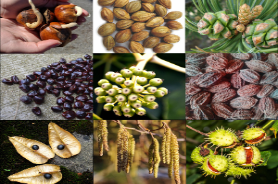





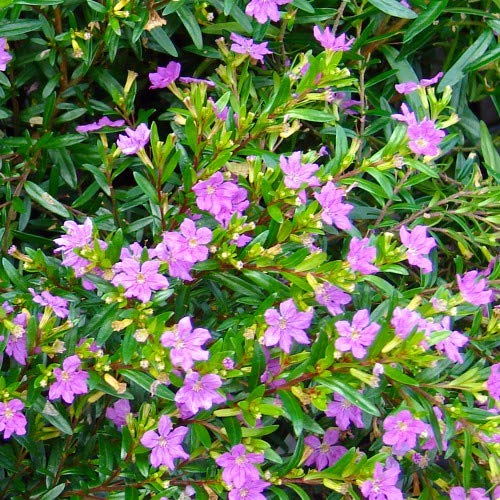

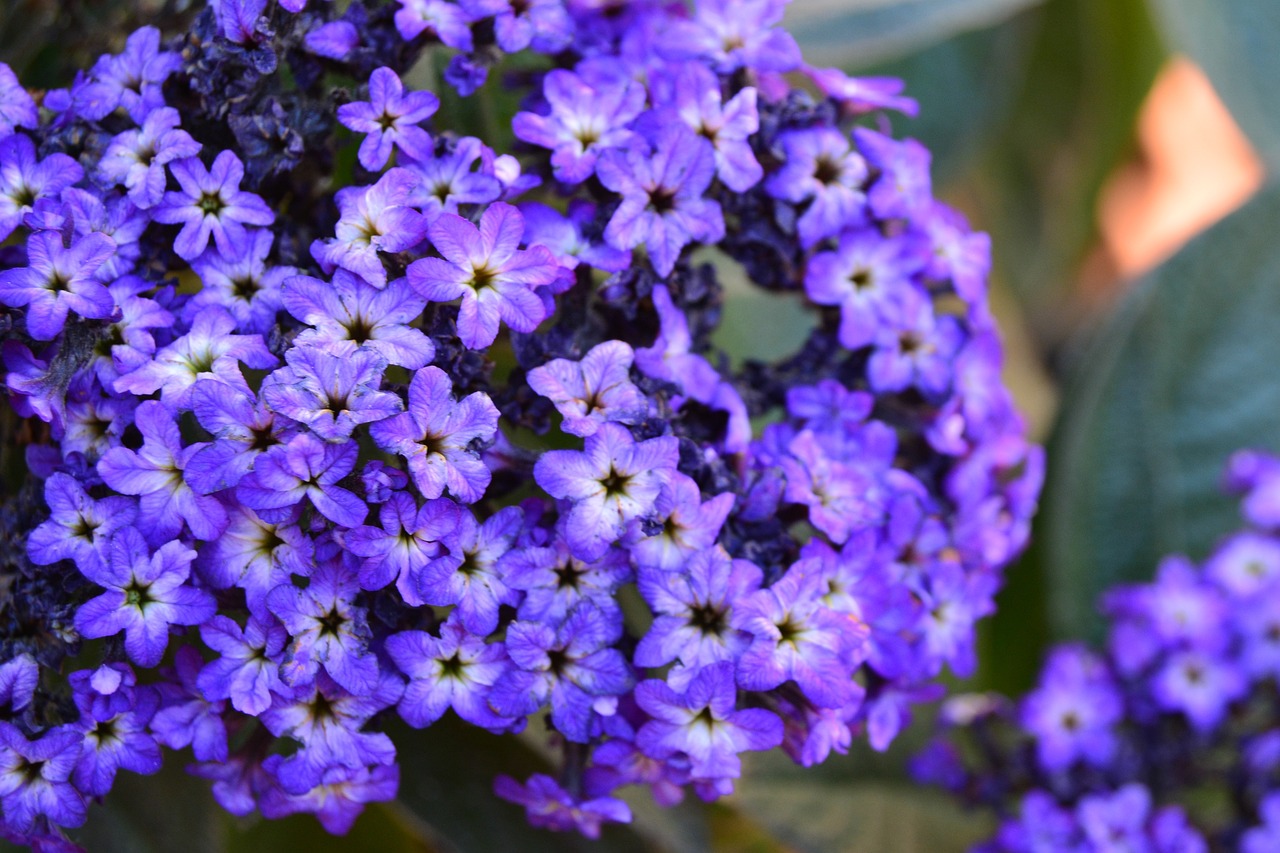

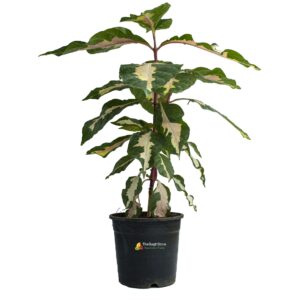

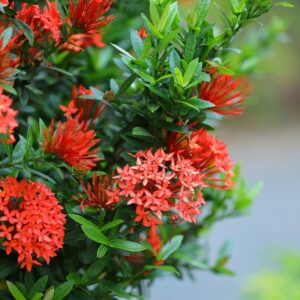
Reviews
There are no reviews yet.